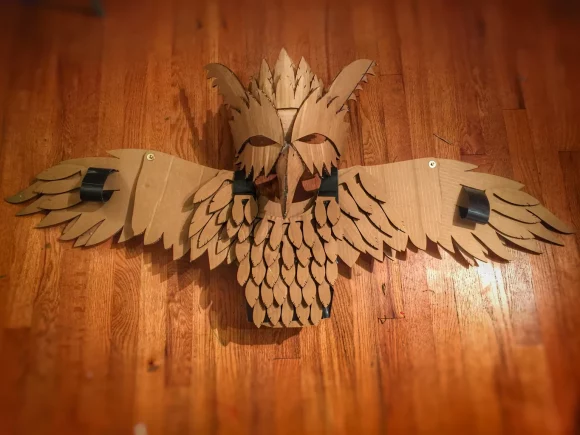Reading Douglas Futuyma’s How Birds Evolve for new Scientist, 7 December 2022
In Douglas Futuyma’s evolutionary history of birds, the delight is in the detail, and some of the devilry too — this is not a light read. Futuyma tells a double tale: he explains how the study of birds advanced our understanding of evolution, and he shows how advances in evolutionary science solve some long-standing ornithological mysteries, even as they throw up others.
He has written How Birds Evolve for birders, and being a birder himself (he began bird-spotting around the age of eleven in New York’s public parks), he knows just how fiercely the birding bug can bite. Many are half-way to being field scientists already, and many celebrated field scientists — from Ernst Mayr to Konrad Lorenz to Niko Tinbergen — have been birders.
“I suspect few of my teachers in the 1960s imagined that we would be studying birds by combining information from geology and molecular biology — disciplines that are miles apart,” says Futuyma, giving the reader an early hint of the complexities to come.
Birds are a curious, and curiously productive field of study for evolutionary biologists: less useful in understanding the mechanisms of evolution than insects, plants, and bacteria because they don’t reproduce as quickly, but, being various and everywhere, vital to the study of behaviour, longevity, ecology, speciation, cultural evolution and a host of other specialisms.
The ability to study populations and how they interact gave evolutionary biologists a foretaste of what their science would become. “The models of how variation might persist” Futuyma remarks, “were developed by evolutionary biologists who might not have known a hawk from a handsaw but were adept in mathematics.” Applying lessons from birds to ourselves, though risky, has also proved both irresistible and, at least in the science’s early stages, highly productive. In pondering human evolution, Darwin developed the idea of sexual selection, which takes up more than half his The Descent of Man of 1871. “Darwin devotes four full chapters to birds and cites at least 170 species,” Futuyman points out. “Birds provided more evidence for his ideas about sexual selection than any other group of animals”.
To grapple with bird diversity, one pretty much has to conjure up an idea of evolution. Peculiar and apparently inutile features abound in the bird world, a sure sign of unceasing adaptation. There are also, to complicate matters, many instances of convergent evolution. Feathers may have evolved only once, and through a bizarre genetic accident at that. (They don’t arise easily, as we once assumed, from reptilian scales.) Feather and wing shapes, however, recur again and again in even distantly related species. Darwin once predicted: “Our classifications will come to be, as far as they can be so made, genealogies,” but even his credulity would have been stretched by the news that flamingoes are related genetically to grebes.
“I don’t know how similar to birds a creature would have to be for us to call it an “avioid” or an “ornithoid,” Futuyman speculates, but for it “to be bipedal with feathers, toothless kinetic jaws, highly developed vision, a gizzard, and a high constant body temperature… I think… is very unlikely indeed.”
Futuyma unpacks the story of evolutionary science alongside the story of how birds evolved, acquiring bipedal locomotion and simple filamentous feathers as Dinosauria, then clavicles fused into a wishbone in Theropoda, on and on, until we arrive at what we might as well call the modern bird, with its large, keeled breastbone, rapid growth, and unfeasibly lightweight construction.
How Birds Evolve is not meant to be an introduction to birds (though one imagines readers of this magazine would lap it up). It is personable, entertaining and deeply passionate about its subject.
Futuyma, the author of two successful textbooks about evolution, is out to inspire, and his comprehensive book more than makes up in wonder what it might lack in an easy and seductive narrative.




